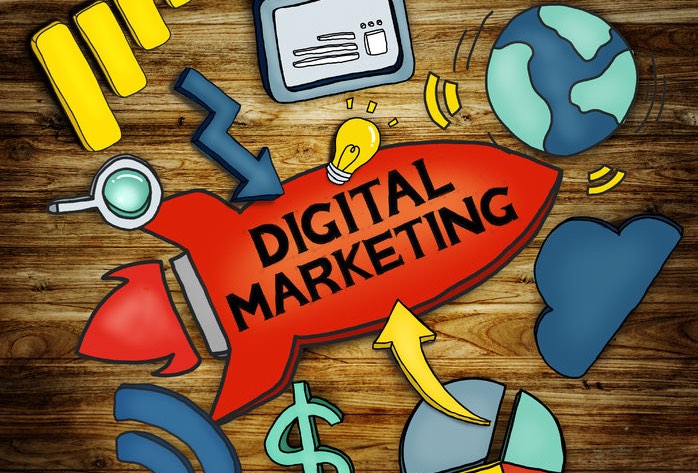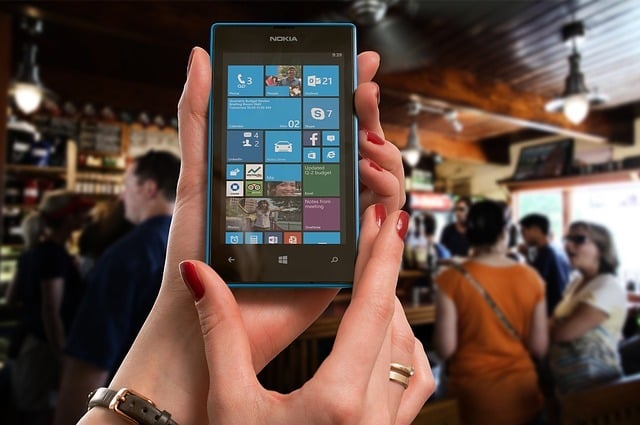Topic:
Content Marketing
While the benefits your company offers don't necessarily change, the journey for a digital buyer is often much different than that of a traditional buyer. Therefore, you need to recognize the experience of a customer at each stage and focus on delivering value throughout the journey. When possible, seize opportunities to automate for consistency and efficiency, while maintaining a personalized approach.
Econsultancy just published its Quarterly Digital Intelligence Briefing, which offers tremendous insights on digital trends through the lens of 7,000 marketers and e-commerce professionals. The following are several B2B digital marketing strategies derived from the report that helps you meet the needs of B2B buyers.

It is a common misconception that digital buyers aren't as concerned with a personalized experience as face-to-face customers. In fact, when people begin their buying journey online, they often want greater depth of information than someone who doesn't do this pre-contact research. In general, the more complex the problem, the greater the need to gather reliable evidence before investing in a solution.
The challenge for your team is to deliver a personalized experience while making use of electronic communication channels. Social media is a common platform for such engagement. On Twitter, for instance, sales reps can share content and messages that provide information prospects seek. Even more importantly, interacting with people engaged in needs-based conversations on Twitter can lead to problem-solving communication. LinkedIn is another popular B2B networking tool. You can connect with prospects, share individual bios or company descriptions on your profile, and make initial contact with a potential decision maker.
In content marketing strategies and e-mail marketing, you can customize the message to match the particular interests of a target market. Creating personas for your critical segments allows you to develop an in-depth perspective on the real needs and motives of the people you serve. Then, it is easier to craft outbound and inbound messages that speak specifically to individual buyers.
The majority of organizations surveyed, 53 percent, reported that data-driven marketing was a key priority for them. Given the availability of top-quality databases and CRM solutions at this point, it is a mistake not to gather and analyze data on your buyers.
By building detailed profiles of prospects and customers (Buyer Personas), tracking pre-contact phases of the buying cycle, and then monitoring transactions, you can get a strong sense of the types of people who buy your solutions. The more you know about people currently buying, the easier it is to target the right prospects with the right promotional strategies. Such keen insights are invaluable in executing on your goal of personalizing the buyer's journey as well.
Data is virtually meaningless without a strong, customer-centric culture. In an organization that intends to optimize the customer experience, this culture means employees in front-end sales, marketing and service activities collaborate. All make understanding and optimizing the customer experience throughout the buying cycle the goal.
To prove the importance of collaboration, over 90 percent of those surveyed in the QDIB reported that optimizing create workflows and building collaboration between marketing and creatives were necessary to optimize the customer experience. Typically, marketing and sales teams share responsibilities for gathering data from prospects. This data is then used to prepare optimized promotional materials, as well as to enhance communication processes aimed at effective selling.
Mobile is far and away the fastest-growing leg of the digital marketing arena. Fifty-one percent of organizations and 61 percent of agencies indicated "mobile" as a top three priority. Since 2014, Internet access through mobile devices has outpaced online activity on desktop computers. As more people now conduct research online, more e-commerce transactions are also being performed on tablets and Smartphones.
One critical content strategy for companies is to have responsive websites that adapt to the mobile experience. First of all, a poor user experience outweighs the value of quality content. Mobile users expect a clean navigation on your site. Additionally, to have content that places well in search engines and gets in front of potential buyers, Google wants your site to be mobile-friendly as well.

In many cases, potential buyers use their phones to interact with your website, email, social media accounts, and text messages.
After you convert buyers through effective digital strategies, you need to utilize technology to manage and strengthen relationships. Follow-up campaigns through e-mail are common, for instance. When you rely on data and create distinct buyer personas, you are equipped to send out customized e-mail campaigns with informative and interesting messages that may offer add-on or cross-selling opportunities. Sales teams use CRM programs to schedule regular reminder calls with clients to ensure ongoing satisfaction. By capturing mobile phone numbers, you can also facilitate SMS (texting) campaigns.
One of the most critical ongoing processes to optimize the value of relationships, though, is user experience monitoring. Don't assume that because a customer journey flows in one way now, that it will stay that way going forward. Continually research, including soliciting feedback on surveys and through social media, to stay on top of opportunity and pain points in the buyer's journey. Consider opportunities to put more valuable content in front of prospects as they begin the buying process. Ask detailed questions during follow-up to address concerns during a sales process and after purchase.
The tools are available that allow you to communicate your valuable proposition effectively in a digital marketplace. Consider all elements of digital marketing, including content, social media, e-mail and mobile, when formulating marketing and sales strategies. These tools help you gather and analyze data to identify ways to enhance the customer experience throughout the buying cycle.
Get our white paper: 15 Tips To Delight Customers and Increase ROI, for additional insights on maximizing opportunities for digital buyers!
Bristol Strategy is a full funnel inbound marketing agency and inbound sales agency offering the full complement of Inbound Marketing services that enable our clients to surpass their business objectives by transforming the way they engage with their buyer on-line. Reach out to us to learn more about how our experience and capabilities can help your business grow.
Ask us about our unique approach that creates a full-funnel "inbound" engagement model for your business that attracts and converts digitally engaged prospects.